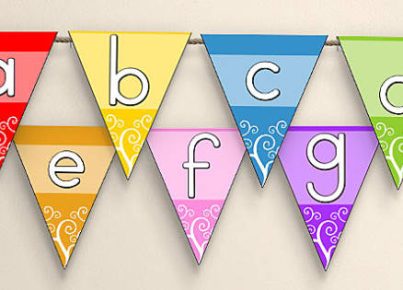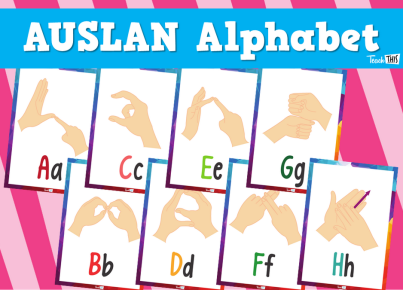Choral responses are a tool for teaching a different language to a class. Choral responses are the oral response to a prompt. In the classroom setting, you might hear a teacher saying phrases like “repeat after me” or “say it with me.” These prompts encourage all students to respond together at the same time.
Benefits of Using Choral Response
One of the benefits of using choral responses is that it provides an opportunity to practice a different language. The learning of a language is enhanced by practicing. Students become comfortable saying words and expressions, which builds their confidence in speaking a different language.
Choral responses also build engagement in a classroom setting. Choral responses require the participation of the entire class. The teacher has to make sure that all students respond to his or her prompt otherwise, it is not considered a choral response. When a teacher encourages students to speak as a group, it becomes an opportunity to practice without fear of being put on the spot.
How and When to Use Choral Responses
There is an art to using choral responses while in class. Effectiveness hinges on the entire class saying the words together when prompted. As a teacher, you have to make sure that each student responds to your prompt. If only a few students say the words with you, it means that the others are not engaged.
Choral responses are effective when you are introducing new words or phrases. At this phase, explicit teaching and lecture-style sessions are most effective, especially as students learn about vocabulary, syntax, and spelling. The teacher will read the words first, then prompt the class to say them together. If it’s the first time to encounter a word or a phrase, use prompts like “repeat after me” and “say it with me.”
Do not hesitate to use gestures when addressing the class. Raise your hand to silence the group and drop your hand to signal that it’s time to say the word together.
Another opportunity to use choral prompts is when your class is taking up longer texts like essays, stories, and books. Ask the students to read a few sentences together. This is a good opportunity to check if they are pronouncing the words correctly.
Keep in mind: if you’re asking the class to read a word or phrase together from a book, consider that there will be a few students who are just copying what the others are saying and not reading from the book itself.
Final Thoughts
Choral responses are useful when teaching multilingual learners. These help the students practice the language they are being taught. Limit lecture time to maximize the learning opportunity of each student. The teacher should be mindful of how much time he or she spends talking. Students tend to zone out if they get bored. Use choral responses as an opportunity to practice together as a group. Promote active engagement by ensuring that all students respond to your prompt.





